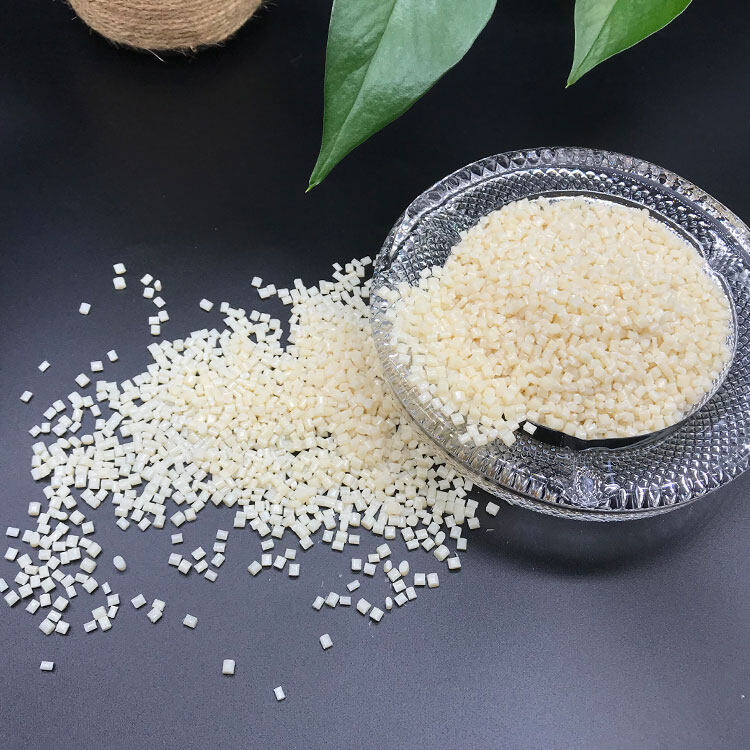Email format error
Email cannot be empty
Email already exists
6-20 characters(letters plus numbers only)
The password is inconsistent
Email format error
Email cannot be empty
Email does not exist
6-20 characters(letters plus numbers only)
The password is inconsistent

Offer Technical Support and Customized Solutions
The company is committed to creating new and improved plastic materials to meet the evolving demands of the market.

Introduction to ABS Acrylonitrile Butadiene Styrene Plastic Pellets and Their Properties
ABS (Acrylonitrile Butadiene Styrene)
Typical application range: Automobiles, televisions, refrigerators, washing machines, air conditioners, and other appliance casings.
Molding performance: Drying treatment: ABS material has hygroscopicity and requires drying treatment before processing.
Drying conditions: 80-90℃ for 2 hours
Density: 1.05g/cm^3
Molding shrinkage: 0.4-0.7%
Molding temperature: 200-240℃
-
Amorphous material, medium flowability, high moisture absorption, requires thorough drying before processing. Plastic parts with glossy surface requirement need to be preheated and dried at 80-90 degrees for 3 hours.
-
It is advisable to use high material temperature and high mold temperature, but excessively high material temperature can cause decomposition (decomposition temperature is >270 degrees). For precision plastic parts, the mold temperature should be set at 50-60 degrees, while for high-gloss, heat-resistant plastic parts, the mold temperature should be set at 60-80 degrees.
-
To solve flow marks, it is necessary to improve the material's flowability by using high material temperature, high mold temperature, or adjusting the gate position.
-
For heat-resistant or flame-retardant grade materials, there may be residual plastic decomposition products on the mold surface after 3-7 days of production, resulting in a shiny mold surface. The mold needs to be cleaned promptly, and additional venting positions should be added to the mold surface.
Physical properties:
-
Good overall performance, high impact strength, chemical stability, and good electrical properties.
-
It has good compatibility with PMMA (organic glass), allowing for the production of two-color plastic parts and surface chrome plating or paint treatment.
-
It has high impact resistance, heat resistance, flame retardancy, reinforcement, transparency, and other levels.
-
Its flowability is slightly worse than HIPS but better than PMMA, PC, etc. It also has good flexibility. It is suitable for the production of general mechanical parts, wear-resistant parts, transmission parts, and electrical parts.

